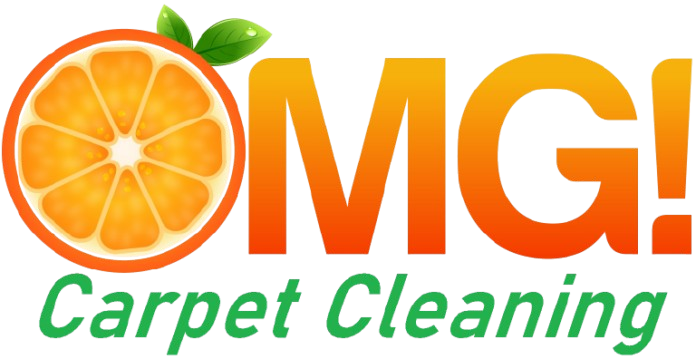1. Introduction to VLM Carpet Cleaning
Very Low Moisture (VLM) carpet cleaning is a professional cleaning method that uses limited moisture (typically less than 1 gallon per 1,000 sq. ft.) and fast-drying encapsulation chemistry. It’s ideal for both residential and commercial environments due to its quick dry time, eco-friendliness, and cost efficiency.
2. Benefits of VLM Carpet Cleaning
- Dry in under 2 hours
- No risk of over-wetting
- Green-certified chemical options
- Lower equipment cost
- Easier to operate solo
- Great for maintenance programs
3. Understanding Carpet Types and Fibers
Fiber Type | Characteristics | VLM Suitability |
Nylon | Durable, stain-resistant | ✅ Excellent |
Polyester | Soft, vibrant colors | ✅ Good |
Olefin (Polypropylene) | Moisture-resistant | ✅ Great for offices |
Wool | Natural, sensitive to heat/chemicals | ⚠️ Use low-pH |
Blends | Common in homes | ✅ Good with care |
Note: Always test a small area before applying chemistry or agitation.
4. VLM Cleaning Chemistry 101
Encapsulation Cleaners
These crystallize dirt and suspend it for easy removal during post-vacuuming.
- pH range: 6.5–8.5 (safe zone)
- Application rate: Light mist, not saturation
- Popular brands: Releasit, Encap-Clean, VacAway
Boosters & Pre-sprays (optional)
Used for heavily soiled areas. Ensure compatibility with encapsulation chemistry.
5. Equipment Overview
- CRB (Counter-Rotating Brush) – Excellent agitation and lifting power
- Orbital/OP Machine – Covers larger areas quickly; used with bonnets or microfiber pads
- Pump-up or Electric Sprayer – For applying solution evenly
- Vacuum – Pre- and post-cleaning (HEPA recommended)
- Pads/Bonnet Options – Cotton, microfiber, or synthetic (color-coded for soil levels)
6. Step-by-Step Cleaning Process
Step 1: Pre-Inspection
- Identify fiber type and problem areas
- Explain process and set expectations
Step 2: Dry Vacuum Thoroughly
- Use commercial vacuum
- Remove as much dry soil as possible
Step 3: Apply Encapsulation Solution
- Use a fine mist sprayer
- Cover small areas (100–200 sq. ft. at a time)
Step 4: Agitate with Machine
- Use orbital or CRB
- Overlap passes, avoid overworking areas
Step 5: Dwell Time
- Let solution sit for 5–10 minutes (if needed)
Step 6: Bonnet/Padding Pass
- Attach absorbent bonnet
- Vacuum
7. Stain and Spot Treatment
Common Stains & Solutions:
- Grease/Oil: Citrus-based gel or solvent spotter
- Coffee/Tea: Tannin remover
- Pet Accidents: Enzyme spotter followed by encapsulation
- Ink: Solvent-based remover (minimal use)
Always blot, never rub. Rinse and extract using bonnet method.
8. Commercial vs. Residential
Factor | Commercial | Residential |
Carpet Type | Low-pile | Plush/Cut-pile |
Frequency | 1–4 times/month | 1–2 times/year |
Cleaning Style | Speed, maintenance | Detail-oriented |
Pricing | Sq. ft. or recurring | Per room or job |
9. Maintenance and Machine Care
After Each Job:
- Rinse bonnets and pads
- Wipe down machine
- Check cables and cords
Weekly:
- Clean brushes/pads
- Inspect belts and bearings
Monthly:
- Test sprayer function
- Descale chemical sprayer if needed
10. Safety and Best Practices
- Use low-pH chemistry only
- Wear gloves when handling chemicals
- Avoid electrical outlets with water sprayers
- Inform client about drying time and safety
- Mark off slippery areas during and after cleaning
11. Troubleshooting Common Issues
Problem | Cause | Solution |
Streaking | Dirty pad | Change pad frequently |
Poor cleaning | Under-applied chemical | Increase product or agitation |
Sticky carpet | Over-sprayed | Rinse with bonnet |
Browning/yellowing | Wick-back | Treat with anti-browning agent |
12. Client Communication & Expectations
- Set realistic outcomes (e.g., stains vs. wear)
- Explain the dry time.
- Offer aftercare tips: rugs, furniture coasters, re-cleaning frequency
13. Sample Job Checklist
✅ Pre-vacuum complete
✅ Spot treatment applied
✅ Chemistry applied evenly
✅ Agitation thorough
✅ Pads changed as needed
✅ Client walked through results
✅ Follow-up instructions provided
Our non-soapy, citrus cleaning solution is
available for purchase, by the case,
HERE.
Each case makes 40 GALLONS
of ready to use (RTU) cleaner!
CLICK HERE
for our complete 350+ page
Training, Operations & Marketing Manual
for only $499!
